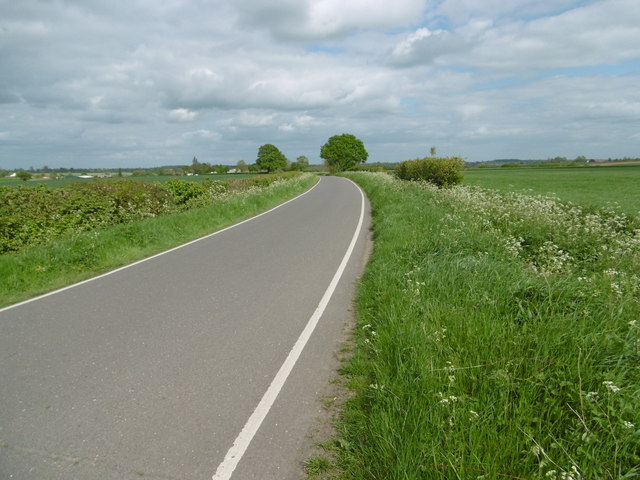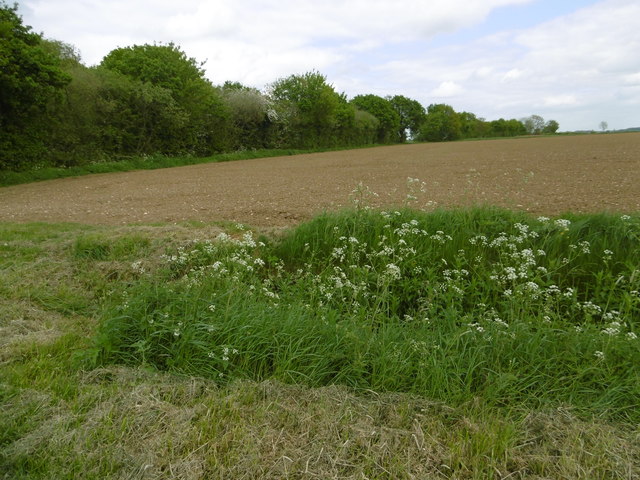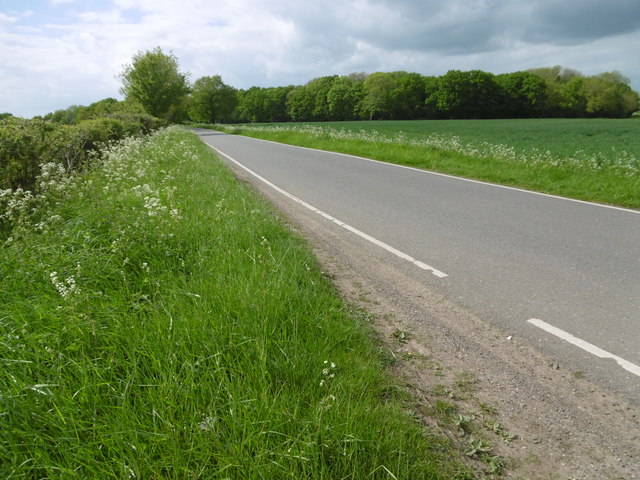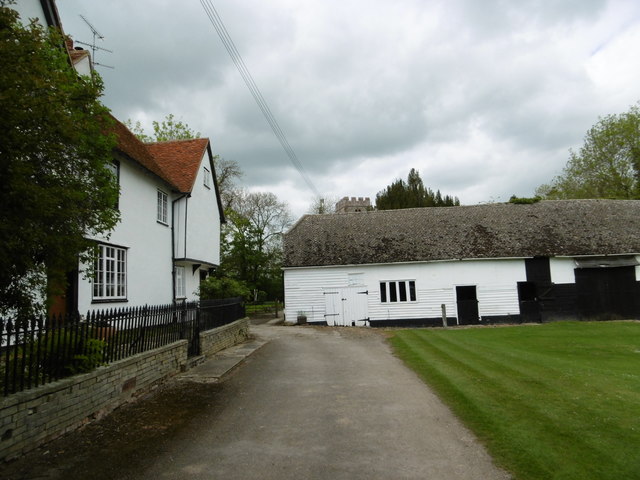Bustard Green
Settlement in Essex Uttlesford
England
Bustard Green
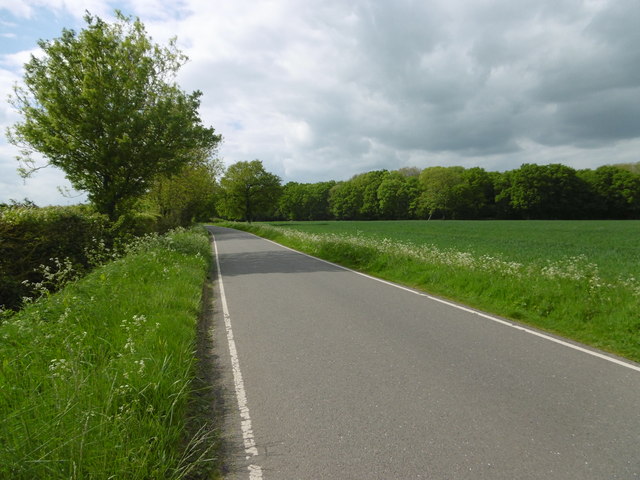
Bustard Green is a charming village located in the county of Essex, England. Situated approximately 6 miles southwest of the town of Chelmsford, it is nestled amidst the picturesque countryside and offers a peaceful retreat from the hustle and bustle of city life.
The village is renowned for its traditional thatched cottages, which exude quintessential English charm. The architecture in Bustard Green is predominantly Georgian and Victorian, with many buildings showcasing their original features and character. The surrounding landscape is dotted with lush green fields, providing a scenic backdrop for leisurely walks and outdoor activities.
Despite its small size, Bustard Green boasts a strong sense of community. The village has a close-knit population, and residents often come together for various social events and gatherings. The local pub, The Green Goose, is a popular meeting spot, serving traditional pub fare and a wide selection of beverages.
While Bustard Green lacks major amenities, it benefits from its proximity to nearby towns and villages. Chelmsford, with its extensive range of shops, restaurants, and entertainment venues, is just a short drive away. Additionally, the village is well-connected by public transport, with regular bus services and a nearby train station providing easy access to surrounding areas.
Bustard Green is also blessed with a rich historical heritage. The nearby Bustard Green Farmhouse, a Grade II listed building, dates back to the 16th century and serves as a reminder of the village's past. Overall, Bustard Green offers a tranquil and idyllic setting, making it an attractive place to live or visit for those seeking a slice of rural life in Essex.
If you have any feedback on the listing, please let us know in the comments section below.
Bustard Green Images
Images are sourced within 2km of 51.930629/0.392674 or Grid Reference TL6428. Thanks to Geograph Open Source API. All images are credited.
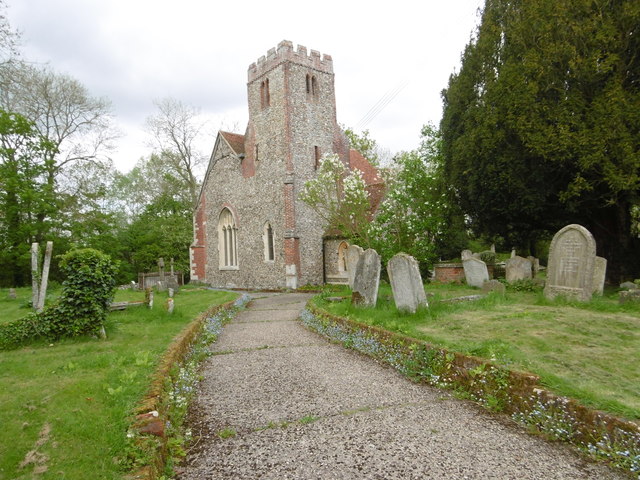
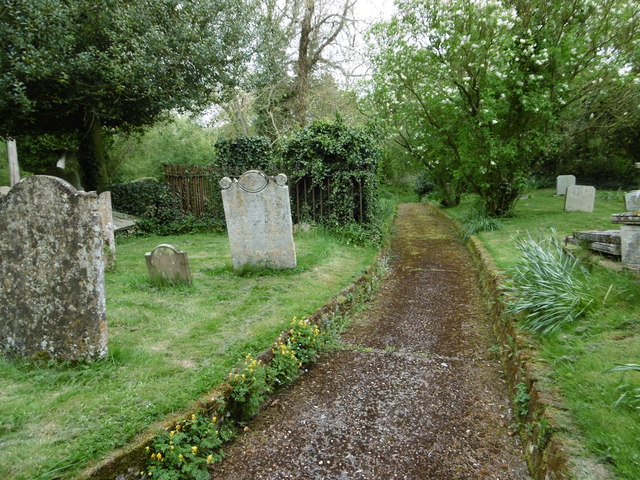
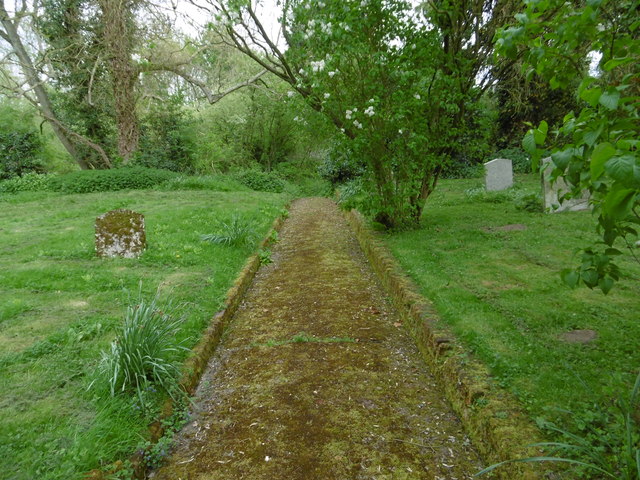
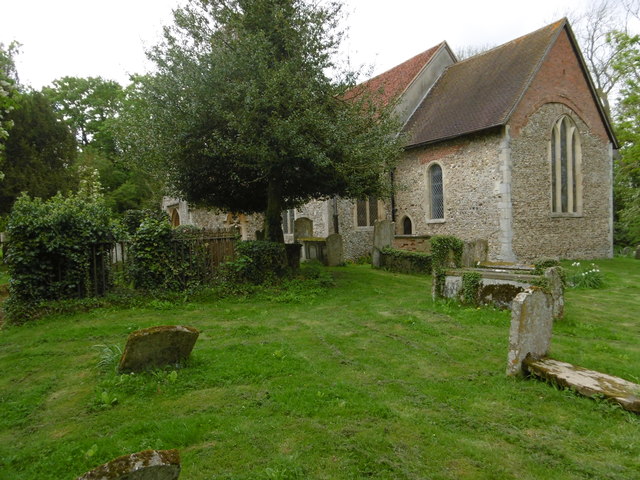
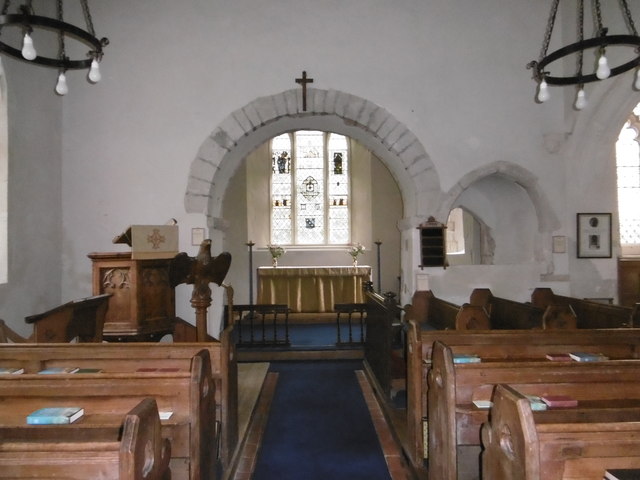


Bustard Green is located at Grid Ref: TL6428 (Lat: 51.930629, Lng: 0.392674)
Administrative County: Essex
District: Uttlesford
Police Authority: Essex
What 3 Words
///balancing.abacus.answer. Near Great Bardfield, Essex
Nearby Locations
Related Wikis
Bustard Green
Bustard Green is a hamlet in the civil parish of Lindsell, and the Uttlesford district of Essex, England, and is just under 1 mile (2 km) north from the...
Holder's Green
Holder's Green is a hamlet near the village of Lindsell, in the Uttlesford district of Essex, England. The hamlet is the site of the Essex Wildlife Trust...
Lindsell
Lindsell is a village and civil parish in the district of Uttlesford in the county of Essex, England. Nearby settlements include the parish hamlets of...
Oxen End
Oxen End is a hamlet on the B1057 road, in the Uttlesford District, in the English county of Essex. It is located a few miles from the village of Great...
Richmond's Green
Richmond's Green or Richmonds Green is a hamlet in the civil parish of Thaxted, and the Uttlesford district of Essex, England. It is 1.5 miles (2 km) miles...
Little Bardfield
Little Bardfield is a village and civil parish in the Uttlesford district of northwest Essex, England. Little Bardfield is a small scattered village on...
Bardfield End Green
Bardfield End Green is a hamlet in the Uttlesford district of Essex, England approximately one mile east of Thaxted. It is the home of Thaxted cricket...
Monk Street
Monk Street is a hamlet in the civil parish of Thaxted, in the Uttlesford district of Essex, England. It is 1.5 miles (2.4 km) south of the town of Thaxted...
Nearby Amenities
Located within 500m of 51.930629,0.392674Have you been to Bustard Green?
Leave your review of Bustard Green below (or comments, questions and feedback).
